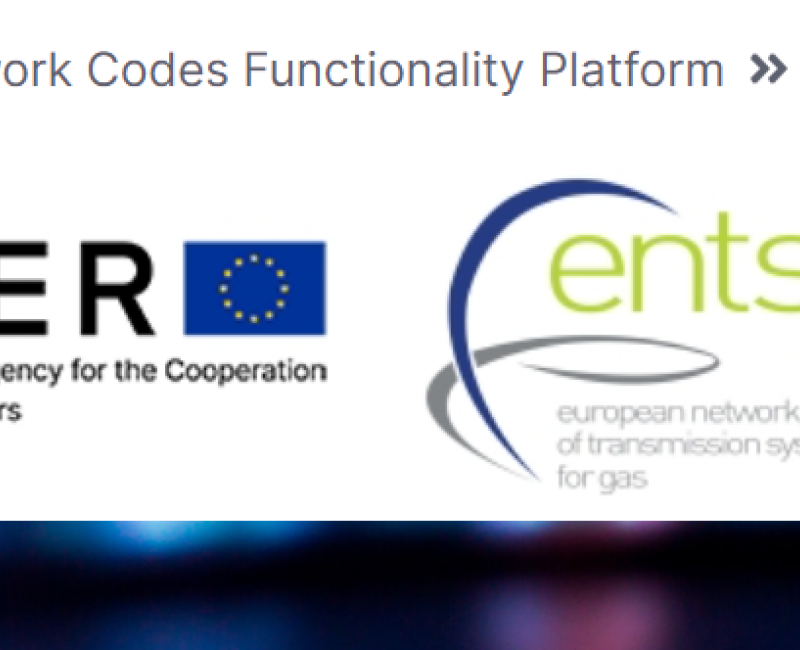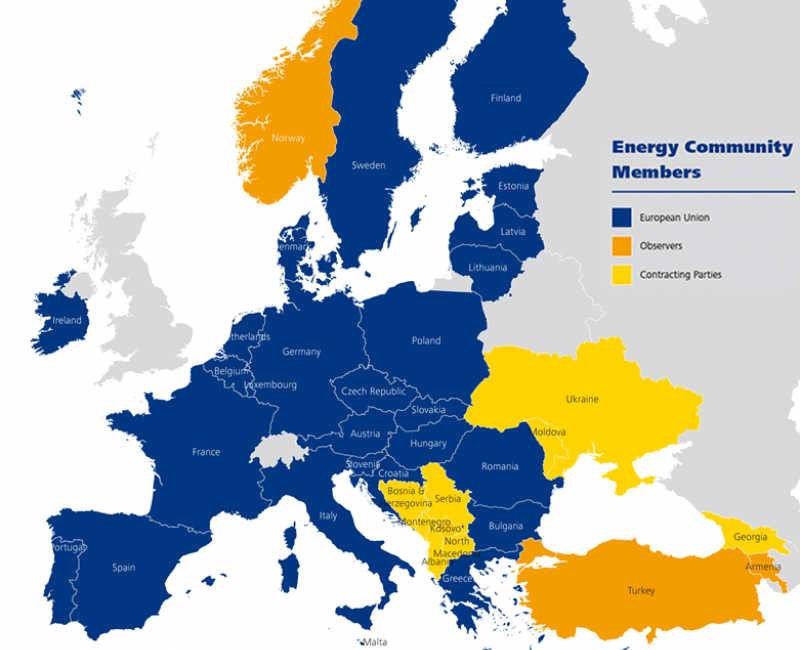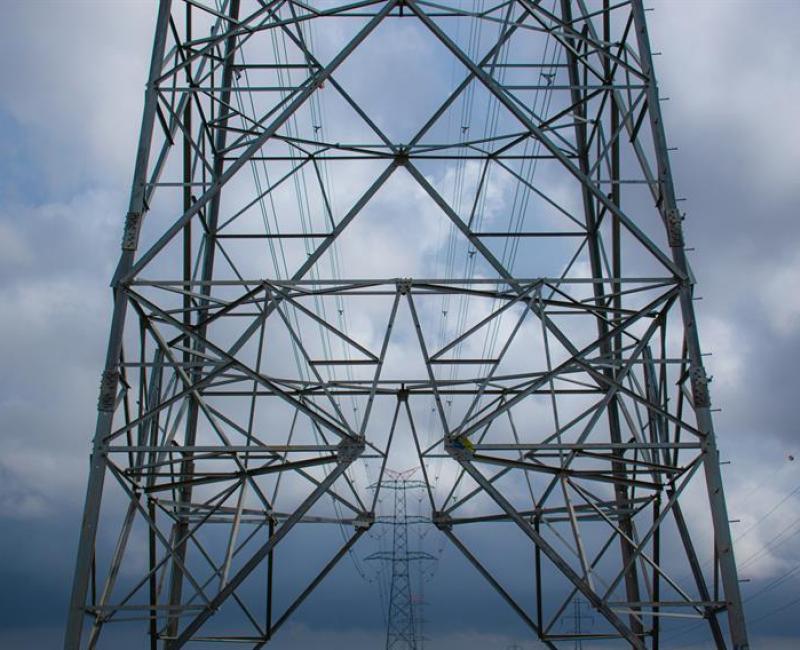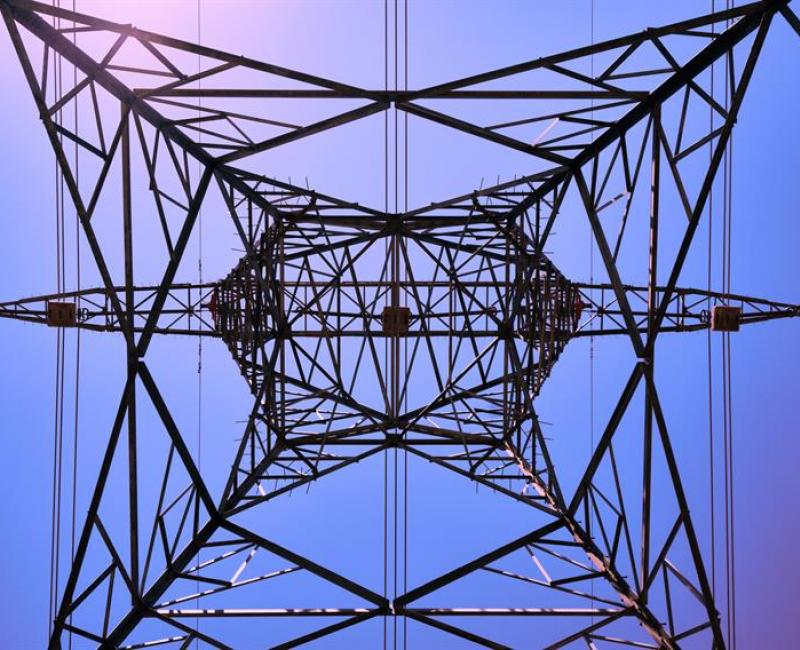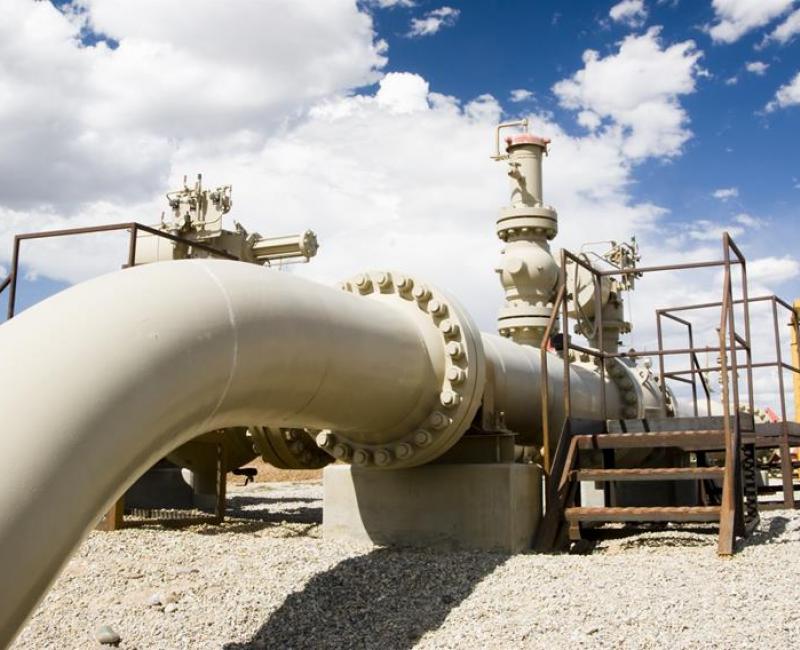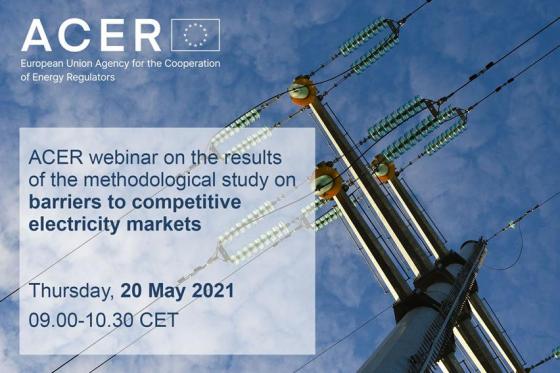Every 2 years, ACER provides a non-binding opinion on the draft grid plans (called Ten-Year Network Development Plans or TYNDPs) proposed by the network operators.
In its Opinions on the draft 2020 plans, ACER finds that the electricity and gas plans (developed by ENTSO-E and ENTSOG respectively) do not sufficiently contribute to the efficient market due to several shortcomings. With respect to gas, in ACER's view:
- Too many conventional gas projects - close to €75 billion – are proposed by network operators and not all are assessed by ENTSOG. Despite ongoing efforts, the framework also fails to properly assess the contribution of gas projects to sustainability.
- The TYNDP core building blocks need to be improved such as scenarios development and cost-benefit analysis (CBA). There are also shortcomings in public consultations with stakeholders on key elements of the energy projects being proposed by network operators.
- A number of shortcomings could be remedied by legislators in the current TEN-E reforms by strengthening the independent assessment of projects and the regulatory oversight of network operators. ACER has previously pointed to risks of lack of neutrality of the two European Networks of Transmission System Operators (ENTSOs) and the need for step changes in TEN-E governance to avoid conflict of interests while ensuring transparency.
See also the ACER Opinion on the ENTSO-E electricity network plan.
Shortcomings could be remedied by improving the TEN-E Regulation
The EU framework for energy infrastructure needs to be robust for cost-efficient cross-border projects which are best for the energy transition.
ACER believes that the shortcomings of the TYNDP process as can be remedied by improving the TEN-E investment framework in line with the European Green Deal. To this end, regulators (ACER and CEER) issued two position papers, one in March 2021 and one in June 2020 on how to improve the revision of TEN-E Regulation including on infrastructure development governance.
ACER has called on the European co-legislators to consider the regulators' proposals as a solution to promote a neutral technical assessment of infrastructure projects in line with the European Green Deal, avoiding risks of unjustified costs to European consumers.
For example, currently the transmission system operators (TSOs), through the European Network of Transmission System Operators (ENTSOs), develop the scenarios to assess projects in different futures. TSOs can be perceived as biased towards favouring more infrastructure as it is in their interest. The neutrality of scenarios and the credibility of the TYNDP process can thus be compromised. To safeguard neutrality, regulators have proposed the introduction of ACER framework guidelines for TYNDP scenarios for the ENTSOs to follow. This has been taken up in the European Commission's legislative proposals but should be further strengthened and streamlined, as suggested by regulators.
Europe's energy regulators have pointed to the need for strengthened regulatory scrutiny over the ENTSO's to safeguard the public interest, for ACER to be given the powers to approve the methodologies for the Cost-Benefit Analysis (CBAs) which are used to assess projects, and to issue binding guidelines to the ENTSOs for the TYNDP development.
What are ACER's key findings of the 2020 draft gas TYNDP?
ACER has issued an Opinion on the European Network of Transmission System Operators for Gas (ENTSOG) TYNDP 2020 for gas. The ACER Opinion is addressed to ENTSOG, the European Commission, the European Parliament and the Council.
ACER finds that the draft gas TYNDP 2020 follows a similar methodology as previous editions.
What are the key improvements in the 2020 draft gas TYNDP?
ACER's opinion notes limited improvements and evolution of the draft plan in comparison to previous TYNDP. Improvements are mainly limited to a better presentation of results and for the first time, the inclusion of a heterogeneous category of projects addressing the energy transition. ACER concurs with ENTSOG that current gas infrastructure in Europe is resilient, near to the completion of the internal gas market and that the limited infrastructure investment gaps will be closed in the next five years by projects already currently under development.
What are the key shortcomings of the 2020 draft gas TYNDP?
ACER regrets that the TYNDP includes a broad investment portfolio of conventional gas projects close to € 75 billion, clearly exceeding reasonable needs, in view of the lack of market appetite for developing additional transmission capacities and the decarbonisation objectives. Less than half of these are assessed by ENTSOG in the TYNDP framework. As regards the sustainability assessment of projects, although progress in observed in this TYNDP, there is room to refine it further in the future.
ENTSOG should consider ways to increase stakeholders' interest and engagement in the TYNDP development process, in view of the low number of responses (9) received during its public consultation.
ACER identifies 4 main shortcomings:
-
Lack of proper analysis of the existing and forecasted use of gas infrastructure as critical criterion to take into account when analysing the need of additional gas infrastructure.
-
Shortcomings in the applied methodologies, such as a lack of a complete quantitative needs assessment and doubtful quality of the cost-benefit analysis (CBA) methodology and its application which still requires improvement to demonstrate benefits exceed costs so that each individual gas project contributes to sustainability.
-
The asymmetric treatment of candidate projects depending on whether the projects are intending to apply for Project of Common Interest (PCI) selection or not. ACER expects ENTSOG to apply project-specific cost-benefit analysis for all projects, the same way it is done for the electricity.
-
Shortcomings in the public consultations of the scenarios methodology and the needs methodology.
In ACER's Opinion the draft gas TYNDP 2020 does not sufficiently contribute to the objectives of non-discrimination and efficient functioning of the market.
What does ACER recommend for improving future gas TYNDPs?
ACER is of the view that improvements in European infrastructure planning are feasible. ACER encourages the ENTSOs to address the remaining shortcomings and stands ready to provide guidance or clarifications where needed. ACER proposes several recommendations to ENTSOG in pursuit of an efficient, further integrated and transparent network planning at the service of consumers, decarbonisation, and sector integration ambitions:
For the Final Gas TYNDP 2020
-
Consider the National Regulatory Authority's (NRA's) comments on the TYNDP 2020 projects
-
Provide a feedback document on how the Public Consultation and ACER's Opinion have been taken into account
-
Classify the energy transition projects into gas supply/ production projects and network related investments
-
Complete information related to project CBA assessments
-
Update information on projects' status by end of year 2020
For the Gas TYNDP 2022 and beyond
-
Implement ACER's recommendations on scenarios
-
Improve planning process to avoid recurring delays, by publishing next TYNDP by mid-2022
-
Incorporate the market perspective on infrastructure gaps
-
Improve the implementation of CBA methodology
-
Include a number of “conventional" gas infrastructure projects commensurate to the assessed needs, by flagging and filtering out unrealistic projects during the data collection stage
-
Roll out modelling tools allowing for sector-integrated assessments of electricity and gas projects
-
Provide the same (maximum) level of cost transparency for all TYNDP regulated projects
-
More attention focused on adaptations of gas infrastructure for the injection of higher shares of renewable, low carbon and de-carbonised gases (hydrogen, synthetic methane, and bio-methane)
-
Together with ENTSO-E, identify suitable locations for power-to-gas installations in the system needs analysis
-
Factor the level of utilisation and congestion of existing infrastructure in the needs assessment
-
Consider ways of covering methane emissions associated with gas infrastructure
What is the TYNDP?
Every two years, ENTSOG publishes a non-binding TYNDP which looks forward over a ten-year horizon and includes a European supply adequacy outlook for natural gas. TYNDPs are essential for assessing and identifying the need of new infrastructure projects to ensure an adequate level of security of gas supply, market integration and competition. The TYNDP must be consistent with National Development Plans (NDPs) and should take into account the energy policy objective of decarbonisation under the European Green Deal.
Projects of Common Interest (PCIs) are selected from the TYNDP via a separate process led by the European Commission. The TYNDP should provide essential and comprehensive information for the selection of PCIs, in particular through complete, monetised, and reliable cost-benefit analysis (CBA) and a sustainability assessment of projects.
What is the role of ACER and its overall assessment?
ACER monitors the development and execution of the plan, and issues an opinion on the draft TYNDP taking into account the objectives of non-discrimination, effective competition, and the efficient and secure functioning of the internal gas market. ACER also looks to the alignment of the plan with broader energy transition and decarbonisation goals.
